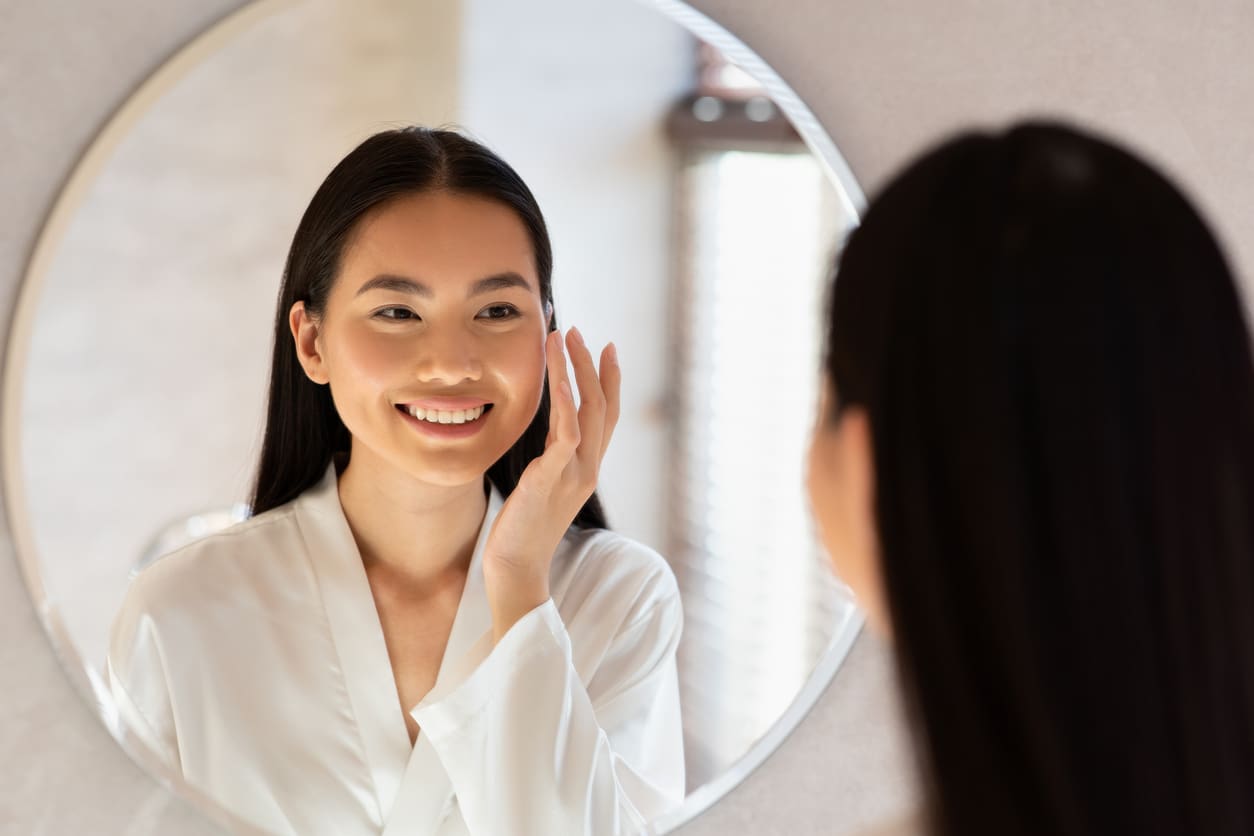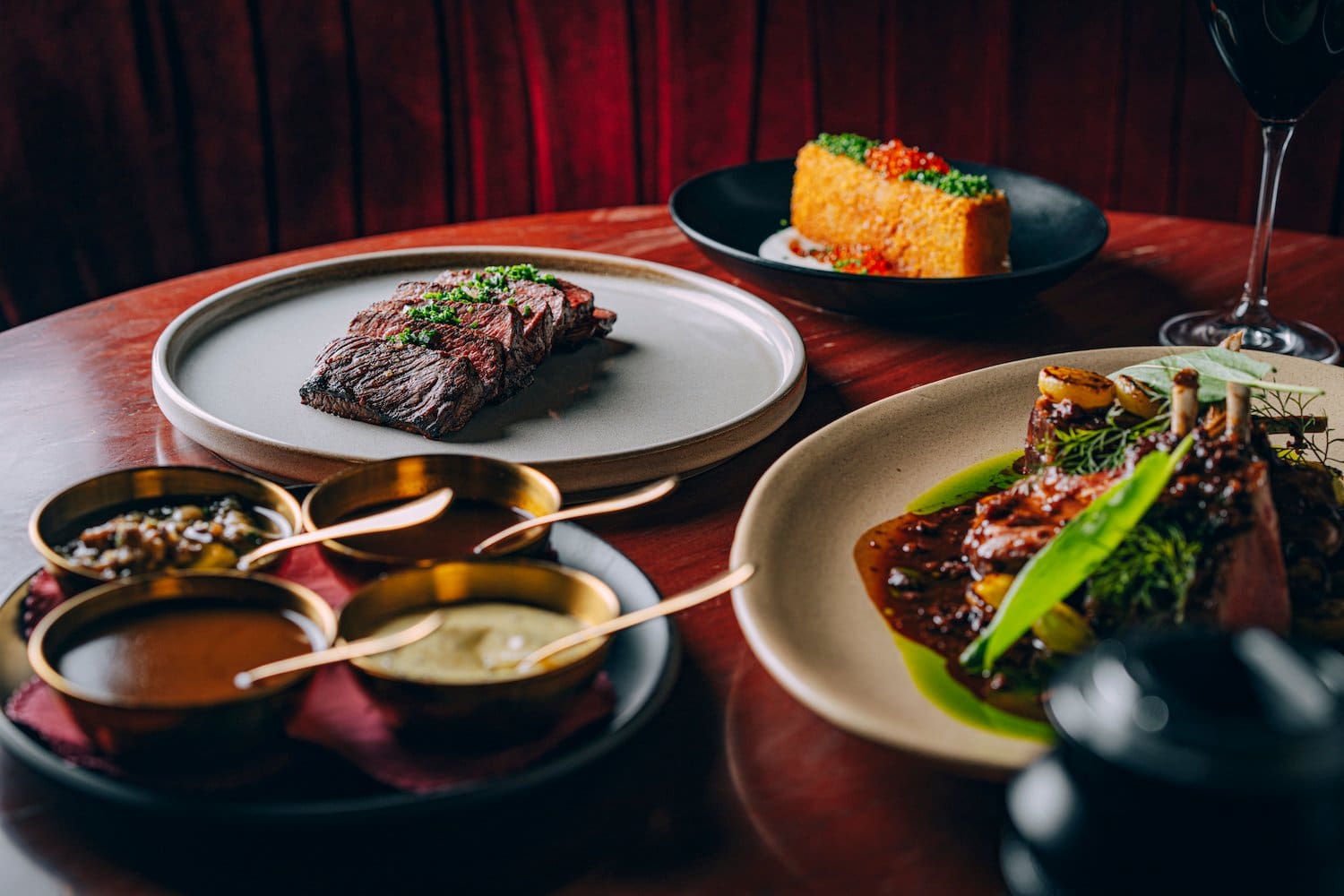Why Korean Skin Care May Be Superior To American Skin Care

This article explores key differences, strengths, and potential drawbacks to skincare questions to help you decide which skincare approach might be more suitable for your needs. The key ingredients found in one of the top K-beauty skincare lines may give Korean skincare an advantage.
The Key Ingredients in The Signature Riman Ritual
The key ingredients in The Signature Riman Ritual include: Patented BYoungPool also known as, Centella Asiatica Leaf Water, which is highly effective for soothing and providing moisture to dry skin, all while providing antioxidant, anti-inflammatory, and skin rejuvenating benefits.
This product also contains NMN a powerful derivative of niacinamide and a precursor to the formation of NAD+, NMN boasts powerful antioxidant care and improves the appearance of fine lines, wrinkles, and hyperpigmentation.
This product contains a concentration of Rejuviome-R which is a unique enzyme known for its ability to support our DNA repair, thus reducing the daily damage caused by overexposure to UV rays and pollution.
Fillerstin™ a microbiome-focused extract that reduces the appearance of aging, by supporting your skin’s bacterial balance is another key ingredient in the Dermatology First Package.
Jeju Island Lava Energy Water
The Philosophy And Approach To Korean Skin Care
Comparing Korean and American skin care is like comparing a marathon to a sprint. Korean skin care takes a preventive, multitargeted, and holistic approach, focusing on long-term skin health and beauty through, hydration, nourishment, and overall skin improvements. The Korean self care routines are rooted in a self care attitude, with 8 step regimens that include double cleansing, mists, serums, and masks. Korean skincare is rooted in an attitude of, “I love taking care of myself.”
In contrast, American skin care is more problem-specific, focusing on solutions for acne, wrinkles, or dark spots, often using active ingredients like retinol, hydroquinone, or salicylic acid, which can help, but may produce side effects such as dryness, unwanted skin pigmentation after being in the sun and redness.
Korean skin care emphasizes hydration, protecting your skin barrier, promoting more elasticity, and utilizes powerful natural ingredients. These powerful ingredients aim to create and maintain healthy skin and promote dewy, glowy, “glass skin.” American products, on the other hand, frequently pinpoint specific skin conditions with clinical formulations, sometimes at the cost of being harsh on the skin.

Skincare Ingredients: A Cultural Difference
Juxtaposition reveals key differences in ingredients between Korean and American skin care products. Korean brands often integrate traditional herbal ingredients like Centella Asiatica, Camellia oil, and lava mineral water, which reflect a cultural preference for natural but effective remedies. These products promote deep nourishment and balance oftentimes with quick and dramatic results.
In contrast, American skin care tends to favor active ingredients such as retinoids, salicylic acid, and benzoyl peroxide. These ingredients provide targeted treatments but can sometimes irritate sensitive skin if not used correctly.
Korean Beauty Skin Care Product Innovation And Affordability
Korean beauty brands, such as Riman, are recognized for their innovative formulations, patented ingredients, and rapid product development cycles. Korean companies often experiment with unique ingredients like Giant ByongPool, exosomes and snail mucin, making these products stand out in a crowded market . Additionally, K-beauty products are known for being more affordable, offering high-quality skin care at accessible prices.
On the other hand, American skin care brands are often more expensive due to higher marketing and production costs. Premium American brands such as SkinCeuticals or Dr. Barbara Sturm may charge more for their products, which are positioned as luxury items. Consumers pay a premium not only for the ingredients but also for the brand name and packaging.

The Korean Skin Care Routine: Simplicity Versus Ritual
American skin care routines are typically simpler, focusing on efficiency with just a few key steps, such as cleansing, moisturizing, and using sunscreen. In contrast, Korean skin care routines are more ritualistic and can involve 7 to 10 steps, including cleansing oils, toners, mists, serums, sheet masks, and night creams . The complexity of the Korean routine may seem overwhelming to some but is cherished by others as a form of self-care.
Ethos plays a role here, as both traditions are guided by different ideals. Korean beauty emphasizes patience and dedication, viewing skin care as an essential part of wellness. American skin care, however, often prioritizes practicality and convenience, catering to consumers with busy lifestyles.
Government Regulations And Standards
Both Korean and American beauty industries follow government regulations, but there are subtle differences in how these standards influence product formulations. Korea’s Ministry of Food and Drug Safety (MFDS) regulates cosmetic products, requiring thorough safety testing and promoting the use of natural ingredients. In the United States, the Food and Drug Administration (FDA) oversees cosmetics, but regulations are generally more lenient, particularly for certain ingredients and claims .
This difference in regulatory oversight can affect consumers’ perception of safety. Korean products are often seen as healthier and more skin-friendly due to stricter ingredient limitations, while American products offer spot treatments, sometimes at the cost of increased risk of irritation.
Which Skincare Is Better For You?
Ultimately, neither Korean nor American skin care can be universally deemed “better,” because the effectiveness of products depends on the brand you choose and your individual needs and preferences.
If you prefer a preventive, natural approach with a focus on hydration and long-term skin health, Korean skin care might be a better fit. However, if your seeking to address specific concerns, like acne, not to say that they don’t both address specific concerns. American skin care may be more suitable.
In the debate between Korean skin care and American skin care, both traditions offer unique strengths. Korean skin care’s focus on effective, natural ingredients aligns with those seeking long-term nourishment, antiaging effects, hydration, skin elasticity, and help with hyperpigmentation, while American products’ aim for a quick target. As the global beauty industry evolves, consumers are increasingly blending elements from both traditions, crafting routines that cater to their specific needs and skin types.
Whichever path you choose, it’s essential to decide on your “skin goals,” experiment with products mindfully, and embrace the idea that beauty routines are deeply personal. In a world where both ritual and efficiency have their place, the best routine is the one that works for you.
FAQ
Are Korean skin care products better than American?
Korean skin care products are often praised for their innovation, affordability, and focus on gentle, layered routines. They tend to emphasize hydration, prevention, and natural ingredients, while American products may lean more toward stronger treatments and quick results. Neither is universally “better,” but Korean brands are widely recognized for pioneering trends like sheet masks, essences, and multi-step regimens. Ultimately, the best choice depends on your skin type, concerns, and personal preference for formulations or active ingredients.
How to buy Korean skin care in the U.S.?
Korean skin care products are widely available in the U.S. through multiple channels. You can purchase them from specialty beauty retailers like Soko Glam, Peach & Lily, or Olive Young Global. Mainstream stores such as Sephora, Ulta, and Amazon also stock popular K-beauty brands. For authenticity, it’s best to buy from reputable sellers with good reviews to avoid counterfeits. Subscription boxes and official brand websites also provide direct shipping options, making access to K-beauty increasingly convenient nationwide.
Why are Riman Korean skin care products superior?
Riman Korean skin care products are often considered superior because they combine advanced patented biotechnology with natural herbal ingredients rooted in traditional Asian medicine. Their formulations emphasize anti-aging, skin barrier repair, and deep hydration, appealing to both sensitive and mature skin types. Riman also invests heavily in research and development, ensuring clinically tested results while maintaining eco-conscious, safe standards. The brand’s luxurious textures, visible effectiveness, and global reputation for quality help it stand out in the competitive K-beauty market.
Check Out Rimans Incredible Products Here!
Marneys Tidbits publishes helpful and insightful articles about wellness, beauty, gardening, home design, recipes, restaurants, and travel. Follow us on Instagram, TikTok, Pinterest, and Facebook for even more tidbits.













